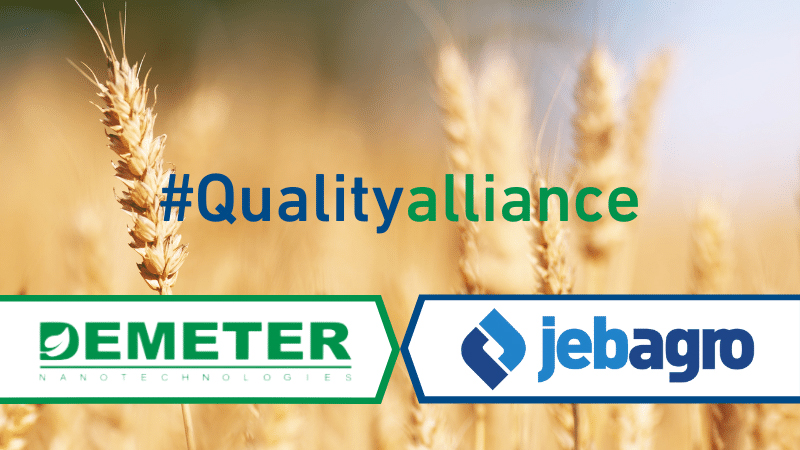Take a Closer Look at EPA Registration

Kutcel
“One of the misnomers out there is that EPA registration is very expensive,” says Kevin Kutcel, an EPA registration consultant based in Ohio. His business, KRK Consulting LLC, files a new registration every week, and the average cost, he says, is around $30,000.
The exact cost and amount of time to register, of course, varies case by case. “Every registration is different,” Kutcel says, but most take between six and nine months, assuming the active ingredient is known by the U.S. EPA and other products with that active are already registered. “If the active has no history with the EPA, then it’s a much more expensive, arduous and lengthy process.”
There are two types of registration pesticides companies need to consider before seeking to break into the U.S. market: technical registration for a manufacturing label that enables use of a product in a formulation, and – the more commonly sought process – the end-use registration for an end-use label. EPA requires a gamut of data to support the end-use registration, but it is not out of reach, if your company puts the proper amount of time and attention into meeting the standards.
Data is the largest cost component in any EPA registration. Knowing the data requirements and the cost of meeting those requirements is essential. A consultant can be hired at this point to assess your company’s options.
Under the Federal Insecticide, Fungicide, and Rodenticide Act (FIFRA), there are both product-specific and generic data requirements. Most product specific requirements are necessary but reasonable in cost, says Kutcel. Since PRIA 3 came into effect in September 2012, the EPA has gotten more conservative and almost always requires product-specific data unless the product is 100% identical to the cited product. In a typical case, Kutcel says, about 50% of the data requirements can be fulfilled by citing non-compensable data; 25% by citing compensable data; and 25% would need to be generated by the registrant.
Every registration must meet product-specific requirements:
- Acute toxicology testing, comprised of six studies, commonly referred to as the “six pack.” The cost is about $20,000.
- Product chemistry, which includes two parts: Part A consists of seven different studies, including the manufacturing process, formulation process, preliminary analysis and enforcement analytical method. This part essentially says the company must prove what it is making and can analyze what it is making. Part B consists of the physical properties, such as density and viscosity.
- Efficacy is required if the label is making a public health claim.
Generic data requirements, which serve the purpose of registering an active ingredient, are as follows:
- Chronic toxicology
- Environmental fate
- Ecological effect
If studies on the active ingredient exist on file with the EPA – the desirable scenario – these may be cited. If the study is more than 15 years old, no compensation is required. However, if there have been no studies submitted to the EPA on the active ingredient, conducting a study is necessary. The lab must meet EPA protocol, GLP standards and a GLP statement must be signed.
“It is very common here in the U.S. that a company will approach the universities to conduct a study,” Kutcel explains. “But a vast majority of the time it can’t be used because universities don’t follow EPA protocols. There is nothing worse than sending a set of data to the EPA and it all gets rejected.”
An alternative is the “cite-all”: This is where all data on file with the EPA for the active ingredient in question is cited. It means you must send a letter to every company that has data on file and offer compensation. “Needless to say, that can be a very expensive endeavor. I rarely do that unless it’s advantageous,” Kutcel says.
An EPA requirement that is unique to agriculture is registration for nitrogen stabilization. If you are feeding the plant that assists in maintaining nitrogen levels, then a registration is required. Another requirement is a plant growth regulator which is any product, besides fertilizers, that enhances growth. If you are marketing a product that inhibits diseases by increasing enhancing plant health, that also requires a registration.
Kutcel says the EPA has reduced timeframes since PRIA 3 in its evaluation of data submissions. Typically within two months, the data goes before a committee to determine if EPA protocol was followed and the data is formatted correctly. If there is a problem, the committee will usually find it here. The catch is that the committee’s involvement has led to an increase in conservative decisions. “It takes just one person to say no, and it gets rejected,” he says.
There are additional procedures after a product receives federal registration. These are as follows:
- Products must also be registered in all states where they are to be sold. The process is most difficult in New York and California, where it takes 4-6 months. Most states take 2-3 months. California is the only state where a product is subject to additional data requirements.
- A company must obtain an EPA establishment number. This must be done before the product is sold but not necessarily before registration. This is a simple process but receiving a number can take up to six months.
- Any product that is imported into the U.S. must have a notice of arrival form signed off on by the EPA regional office.
- Every active is supposed to be reviewed and re-registered every 15 years. Your company must comply with any re-registration requirements.
- A yearly maintenance fee to the EPA totaling about $3,000 is due in addition to state registration fees.
Find KRK Consulting online at www.eparegistration.com.






